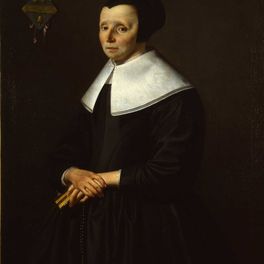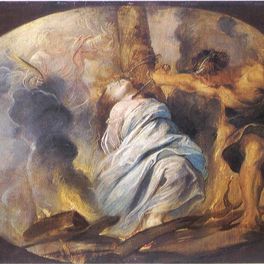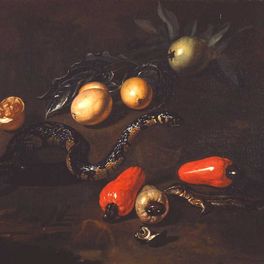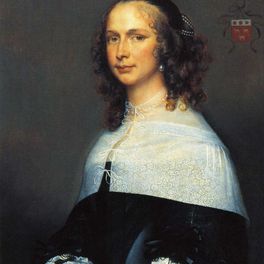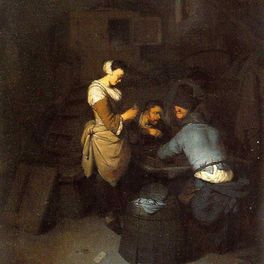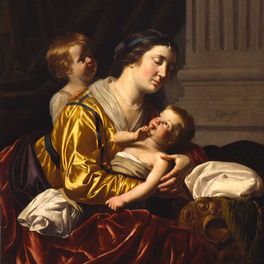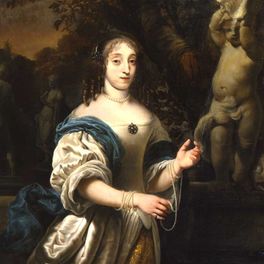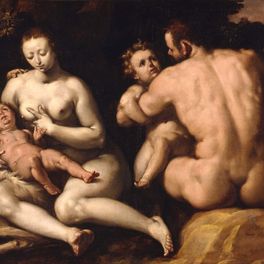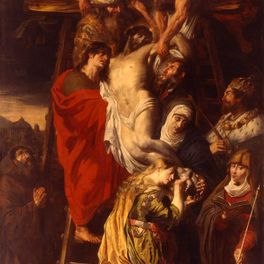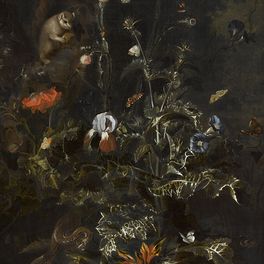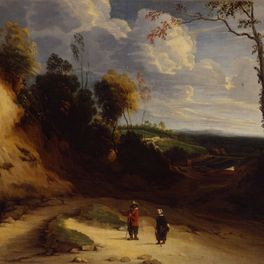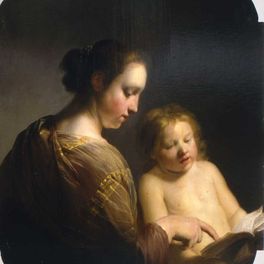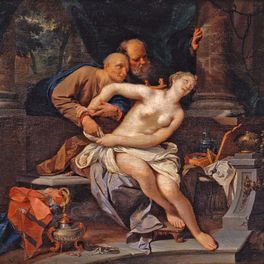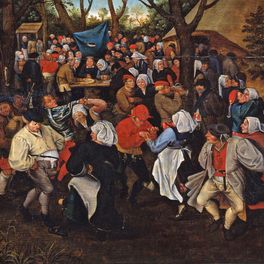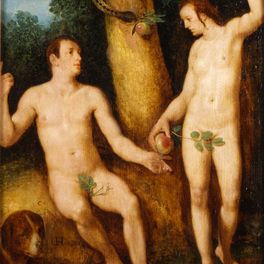The Flemish and Dutch Paintings
251 Flemish and Dutch paintings make up a quarter of Jean-Marie de Silguy’s total collection. At the time, these works attracted certain collectors who had lost interest in subjects that were religious and mythological, or that depicted the profane history of the 18th century. They turned towards Nordic art, both from choice and because their limited means did not allow them to approach Spanish and Italian masters.
Despite the reproductions at his disposal, for example 81 works in the style of Rubens and 35 in the style of Berchem, Jean-Marie de Silguy often attributed work incorrectly and today, 29 paintings have been rejected by different schools, while 64 French, Italian, German and Spanish paintings have been reattributed to the Flemish and Dutch Schools. Many Rubens or Rembrandt copies are destined to remain in storage, and numerous pictures that were wrongly attributed have had to be downgraded.
However, the works exhibited, including a hundred canvases - mostly Flemish for the first half of the 17th century and mostly Dutch for the middle and end of the century - are of a high quality and permit an appreciation of different themes and styles, from the vanities to seascapes, through urban scenes and scenes of genre. There are many surprises, such as the mannerist evocation of (The First Family) by Cornelis Cornelisz. van Haarlem, the masterful sketch by Pieter-Paul Rubens, or la grande vanité (the great vanity) of Otto Marseus van Schrieck.
This initial collection was completed with several works from the Colomb legacy in 1894 (19 canvases), then by several paintings on the occasion of the Exhibition at the Dutch Institute in Paris in 1987 (Van Bijlert, Verkolje, Van Kessel, Francken II, Molenaer, de Grebber). But the collection was most enhanced by the monumental Descente de croix (Descent from the Cross) by Pieter Van Mol, a fine example of the great altarpieces of the Counter-Reformation that Silguy was unable to own.

